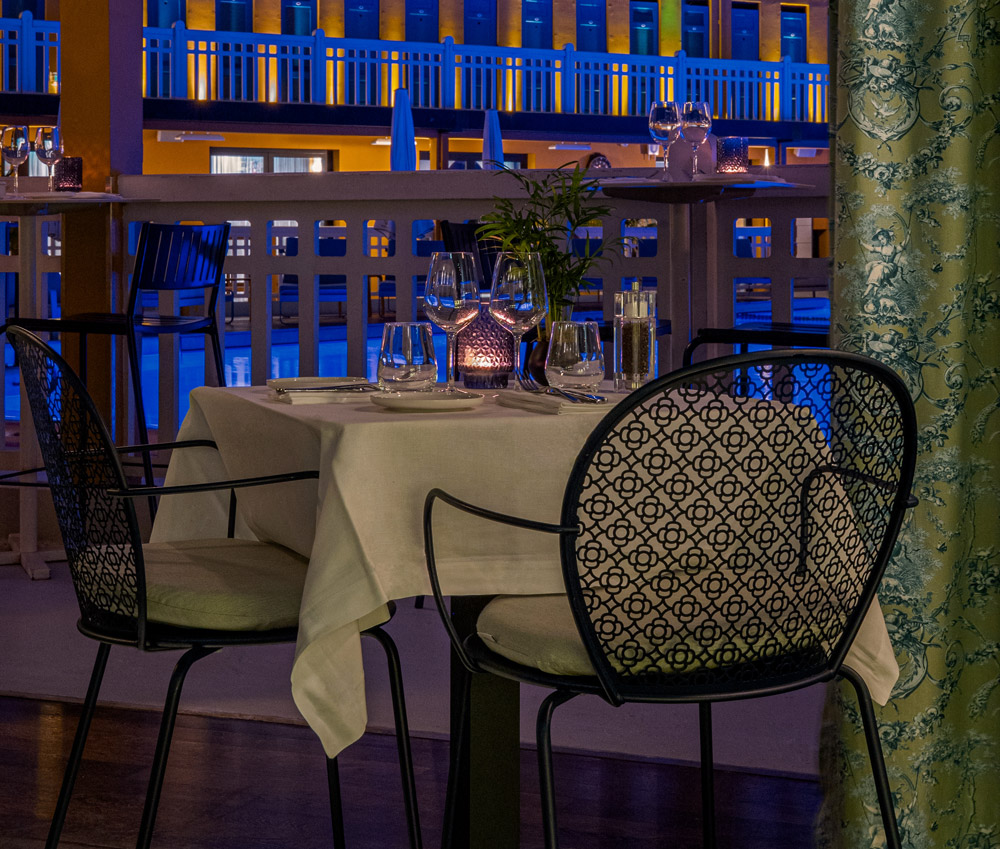


Nearly a century of Parisian history. This unique world monument combines the elegance of Art Deco with creations by the greatest street artists, offering an exceptional five-star hotel experience in the 16th arrondissement of Paris.
From legendary pools frequented by Johnny Weissmuller to walls taken over by French street art pioneers, Molitor has always been a refuge for avant-gardists. Closed in 1989, this former urban liner now stands as one of Paris's most unique luxury hotels. With its 124 rooms and suites facing the historic pools, its refined winter restaurant, panoramic summer rooftop, and wellness facilities including the 1,700m² Clarins spa and sports club, Hotel Molitor reinvents the Parisian art of living between heritage and modernity.
Learn more

Designed by architect Jean-Philippe Nuel, the 124 rooms and suites of Hotel Molitor offer a unique experience in Paris. Each accommodation overlooks the legendary pools, creating the illusion of a journey aboard an exceptional liner anchored in the very chic 16th arrondissement of the capital.
DiscoverThree unique gastronomic experiences await you at Molitor: the Jardin d'Hiver restaurant facing the historic pools, the panoramic Rooftop with views over Paris, and the refined intimacy of Club 1929. Each restaurant cultivates culinary excellence in an exceptional heritage setting. From breakfast to dinner, including teatime and brunch, Chef Tony Goncalves elevates seasonal products to create contemporary cuisine that honors the Parisian art of living.
Discover

Nestled in the heart of Hotel Molitor, the spa by Clarins is undoubtedly one of Paris's most beautiful wellness spaces with its 1,600m² and 13 treatment rooms. In collaboration with Clarins and My Blend brands, the spa offers signature treatments as well as cutting-edge technologies such as Hydrafacial and Icoone. The two indoor and outdoor pools as well as saunas and hammams complete this experience for total immersion.
DiscoverLong a high place of Parisian society, Molitor is once again the ideal location for organizing professional or private events in a historic and emblematic setting. Private lounges, meeting rooms, dining spaces, and even the pools transform each event into an unforgettable moment.
Discover

With its 1,500m² of facilities, the Molitor Club is a privileged space for sports practice. Cardio training, muscle strengthening, swimming, group classes, and personalized follow-up programs: everything is designed to help you achieve your goals under the guidance of professional coaches.
DiscoverResponsible luxury and sustainable hospitality: Molitor combines hotel excellence with environmental commitment. Green Globe certified and Tourism & Disability labeled, discover a Parisian art of living where tradition and innovation unite to preserve our legendary heritage.
Discover